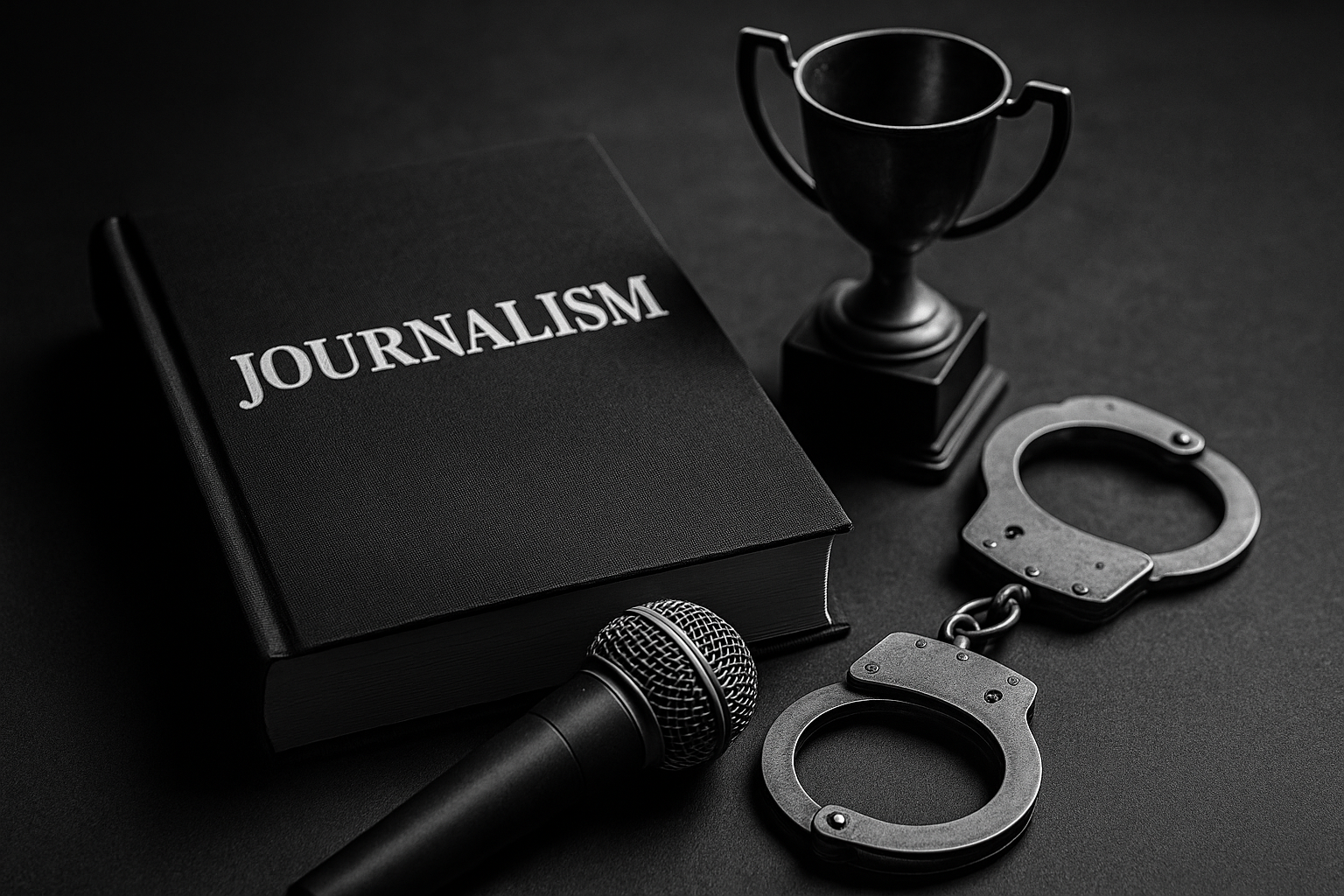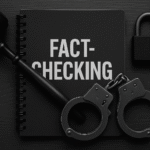In times of veiled censorship and supposed defense of democracy, the Brazilian government has found a much more effective formula than forcible silencing: reward, hire and sponsor those who say what those in power want to hear. Freedom of the press, which should be a pillar of democratic society, has been replaced by a model of institutionalized dependence, in which entire newsrooms become appendages of the public budget.
Read more:
Democracy in silence: the return of single-minded thinking
The Truth Inspectors: How Fact-Checking Became Censorship by Proxy
The press as a client of the State
The current Lula government announced a forecast for 2025 of R$ 3.5 billion in state advertising. This includes funding for traditional media outlets, social media campaigns, influencers and contracts with communications agencies. It is no coincidence: the same newspapers that once fiercely criticized the government — or pretended to be independent — have now become its main defenders. Not because they were convinced, but because they were put back on the federal payroll.
With the resumption of Secom and the return of the advertising investment policy in large media, an environment was created in which criticism is no longer fought against — it is simply discouraged. The government does not censor directly, but it does not need to: it just needs to cut funding, ignore agendas or favor aligned competitors. The editorial line responds to the source of revenue, and freedom becomes a byproduct.
Awards, agreements and protection
In addition to direct money, there are other more subtle — and equally effective — instruments. Journalists awarded for reports that strengthen the official agenda gain visibility, institutional protection and space. Those who dare to disagree — like Paula Schmitt, censored for exposing contradictions — are targets of media lynching or professional ostracism. Plurality disappears. Contradictory speech becomes a career risk.
Partnerships with entities such as the TSE, agreements with state agencies and projects financed with public resources have become common. Reports “in the public interest” often coincide with government priorities. It is no longer about informing, but about indoctrinating under the guise of social responsibility.
The aligned press and the invisible opposition
The uneven coverage is obvious. Scandals involving government allies disappear or receive soft treatment. Meanwhile, accusations against opponents make headlines, are analyzed and have repercussions on a chain of events. This is editorial policy as a tool for manipulation, not for clarification. The press that should monitor power now protects it — with enthusiasm and public funds.
The model is more reminiscent of a disguised state-owned company than of free journalism. There are media outlets that live almost exclusively on government funding, whether through advertising or partnerships. Their survival depends on the State — and that compromises everything.
Conclusion
There is no censorship more efficient than voluntary censorship. And there is no submission more perverse than that sold as a public service. Domesticated journalism is the new normal: sycophants with badges, critics with fear and editors aligned with the Secom spreadsheet.
Read also:
The Truth Inspectors: How Fact-Checking Became Censorship by Proxy
STF: from the Constitutional Court to the Supreme Guardian of Censorship
Democracy in silence: the return of single-minded thinking




